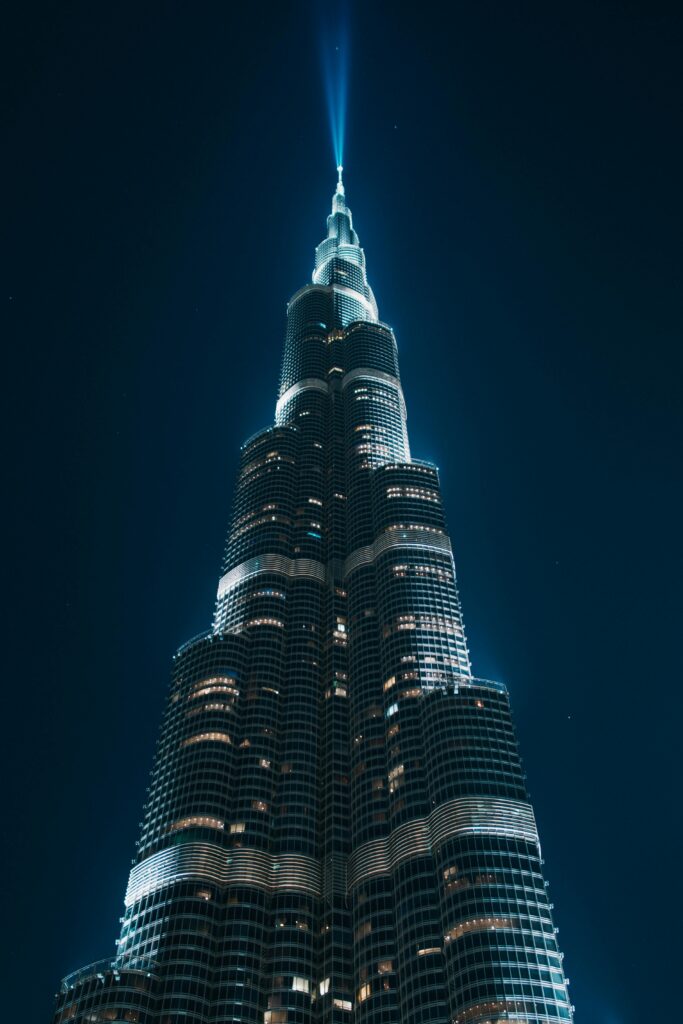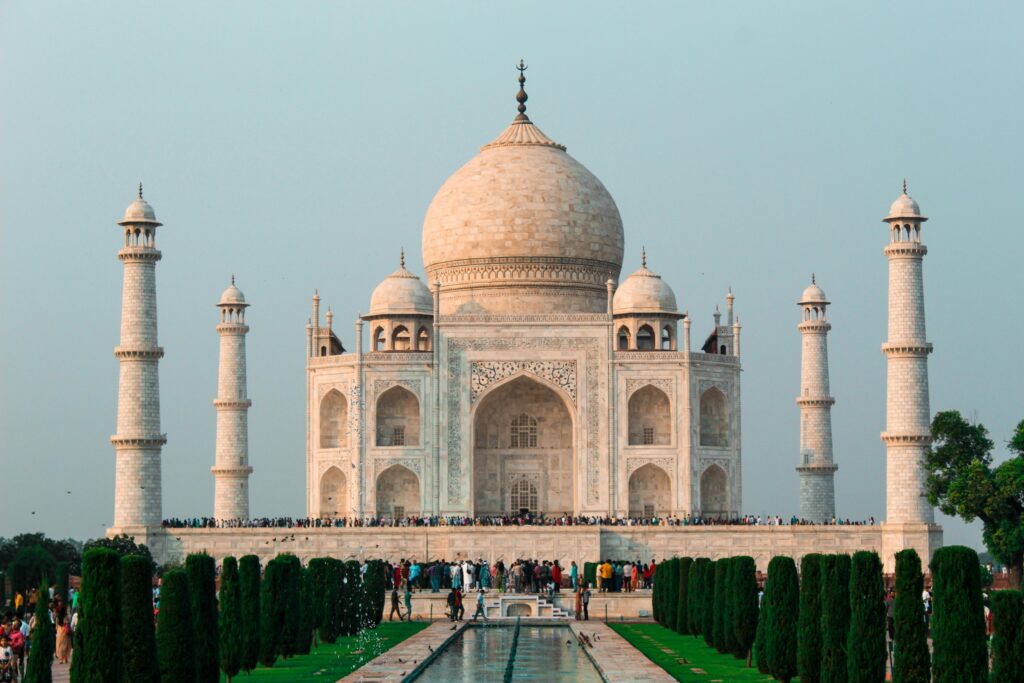The Burj Khalifa stands tall in Dubai, United Arab Emirates, as a monumental expression of human ambition and brilliance of engineering. Since it has been completed in 2010, this iconic skyscraper remains to be the tallest building, and millions have flocked towards it because of the incredible design, construction achievement, and record-breaking feats.
A Record-Breaking Structure
The Burj Khalifa stands at 828 meters (2,717 feet) in height, comprising 163 floors above ground and two underground levels. Its height towers significantly above the second tallest, which is the Shanghai Tower. The Burj Khalifa is so tall that on a clear day, one can see the tip of the tower from up to 95 kilometres (59 miles) away. Among its many records, the Burj Khalifa has the world’s highest observation deck, which stands at 555 meters (1,821 feet),the tallest elevator shaft over a vertical span of 504 meters (1,654 feet).This refers to the tallest occupied floor in any building worldwide.
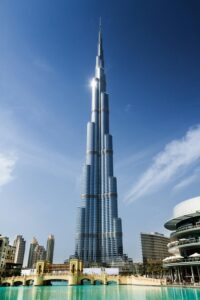
Architectural Marvels
This architectural wonder has been designed by Chicago-based firm Skidmore, Owings & Merrill, which is basically a beautiful blend of old Islamic architecture and modern engineering. It is inspired by the Hymenocallis flower and is basically a central core and three wings branching out to offer stability along with maximum usable space. The outside is treated with reflective glass panels, aluminium, and even stainless steel for that changing light effect dependent on the sunlight. Its façade alone covers an area of over 103,000 square meters (1.1 million square feet), like 17 football fields.
Novel Building Techniques
The Burj Khalifa’s construction began in 2004 and was completed in just over five years, a remarkable feat considering its unprecedented height. More than 12,000 workers from around the world were involved at the peak of its construction.The foundation is underpinned by reinforced concrete mat supported by 192 piles, 50 meters, that is 164 feet deep. The application of high-performance concrete helped this building to cope even with extremely severe heat and strong gusts blowing in Dubai that sometimes blew as much as 240 kilometres per hour (150 miles per hour) at heights. It employed a revolutionary “buttressed core” design with stability against torsional forces. This later became the foundation for other skyscrapers all over the world.
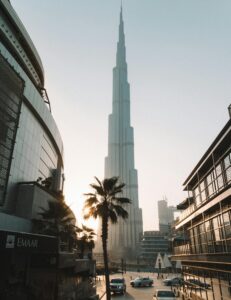
Inside the Burj Khalifa
This mixed-use structure contains high-end apartments and corporate suites, and the hotel design is credited to the legend of fashion, Giorgio Armani. The hotel encompasses the bottom floors with designer interiors to provide style alongside comfort.The residential areas house 900 private apartments, while office space occupies the remaining floors. The tourists can enjoy a wonderful panoramic view of Dubai from the observation decks located on the 124th, 125th, and 148th floors.
Sustainability Features
It may look majestic but has implemented various sustainability initiatives on this structure. It used a condensate recovery system to collect water from its cooling units. At 15 million gallons annually, it allows reusing the condensate collected for landscaping and irrigation.The glass façade reduces the amount of heat gained, thus reducing the amount of air conditioning required. Similarly, the lighting system is LED, saving considerable energy.
Impact on Dubai and the World
This place, as a symbol, presents how the city of Dubai had transitioned into modern times. Now, this famous tower entertains millions of tourists every year and helps boost the economy. Besides all these economic values, this monument triggers architects, engineers, and even dreamers to think about how high it can actually be achieved.
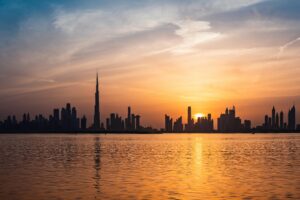
Interesting Facts
The Burj Khalifa weighs approximately 100,000 elephants, as 330,000 cubic meters of concrete and 39,000 tons of steel rebar are used to build it. – At sunrise and sunset, it is visible twice to view from the bottom floor and then straight up on the top floors. • Was thoroughly cleaned outside the building envelope by a fleet of 36 automated window cleaning units, completing one facade in three months.
Conclusion
Burj Khalifa stands as a work of human ingenuity and determination, and that ambition translates to an architectural work so grand that it forms one among many beacons of innovation a chasm between engineering possibility and architectural dreams. From people admiring the height and form to its design or just its impact, the Burj Khalifa continues inspiring and moving people all over the globe.

